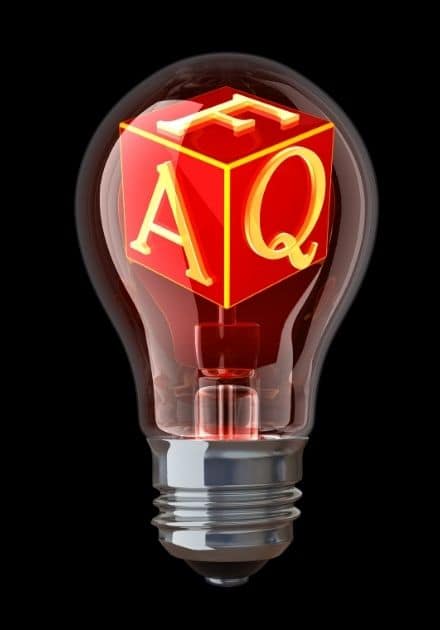
Radon FAQ
We answer our clients’ questions about radon all day long!
If you have a specific question you want to be answered by a radon specialist you can trust, contact us.
Below you will find the most common questions we receive regarding radon and our expert answers.
It is true, radon is the #2 cause of cancer in the US, but this will not be of concern to you or your family after contacting us.
We’ll start off by sharing the definition of radon.
The definition of Radon
Ra·don | (ˈrāˌdän) | noun | symbol: Rn
1. Radon is a chemical element of atomic number 86. It is a radioactive, colorless, odorless, tasteless noble gas, occurring naturally as an indirect decay product of uranium or thorium.
What is radon?
Radon is a radioactive, colorless, odorless, tasteless gas that is naturally occurring in our environment.
Do I need to test my home for radon?
We strongly recommend you test your home for radon and so does the EPA.
As the EPA says, “Test. Fix. Save a life.”
Do I need radon mitigation?
If levels of radon are detected in your home above 4 pCi/L you need radon mitigation. The only way to know if your home’s radon level exceeds this threshold is to test it.
How does a radon testing service work?
The process is surprisingly simple. The radon test kit needs to sit in the open air of a lower level in the home for at least 48 hours and then it gets sent off to the testing facility.
How much does radon testing cost?
The important thing to note is that testing for radon should be taken very seriously. A false reading could literally mean life or death.
We encourage you to have your radon test performed by a radon specialist like us because accuracy is vital. Our rate is $157 per radon test using advanced 48-hour CRM testing. This is the test you need performed if the home is currently involved in a real estate transaction.
How to read radon test results?
If the results show radon levels below 4 pCi/L, this means your home has safe levels of radon. If the results show radon levels above 4 pCi/L, you need radon mitigation.
The average home contains radon levels of 1.3 pCi/L. Even if your test is under 4 pCi/L but is getting close to that threshold, preventative action would be wise.
How does radon mitigation work?
At its core, radon mitigation is just a fancy way to say ventilation. Radon mitigation systems simply transfer the air in the home containing levels of radiation above 4 pCi/L to an exterior vent and introduces fresh air from the outside back into the space.
How much does radon mitigation cost?
The typical home can have a radon mitigation system installed for $2,500 or possibly less. There are various factors that determine the cost and this will need to be determined based on the characteristics of your home.
How does radon enter a home?
Radon most often enters a home through hairline cracks or holes in the foundation because it if formed by the natural decay of uranium which is found in nearly all soils. Once radon enters the home through the basement it becomes airborne. Airborne radon is the most common danger to and what we focus on.
Why is radon so dangerous?
Radon is so dangerous because humans cannot see, taste, or smell it and is know to cause numerous health issues if too much radon is ingested.
Should I request a radon test when having a home inspected?
It would be a great idea to have a radon test when having your home inspected. It will give you peace of mind knowing it radon is not an issue in your home.
What does the EPA have to say about Radon?
We want you to continue learning about radon is you wish! Here is a link to the EPA’s information on radon.
Contact Cincy’s Radon Specialists
Schedule Your Radon Test
Get A Radon Mitigation Quote
Did you like our radon FAQ?
Read radon myths.
